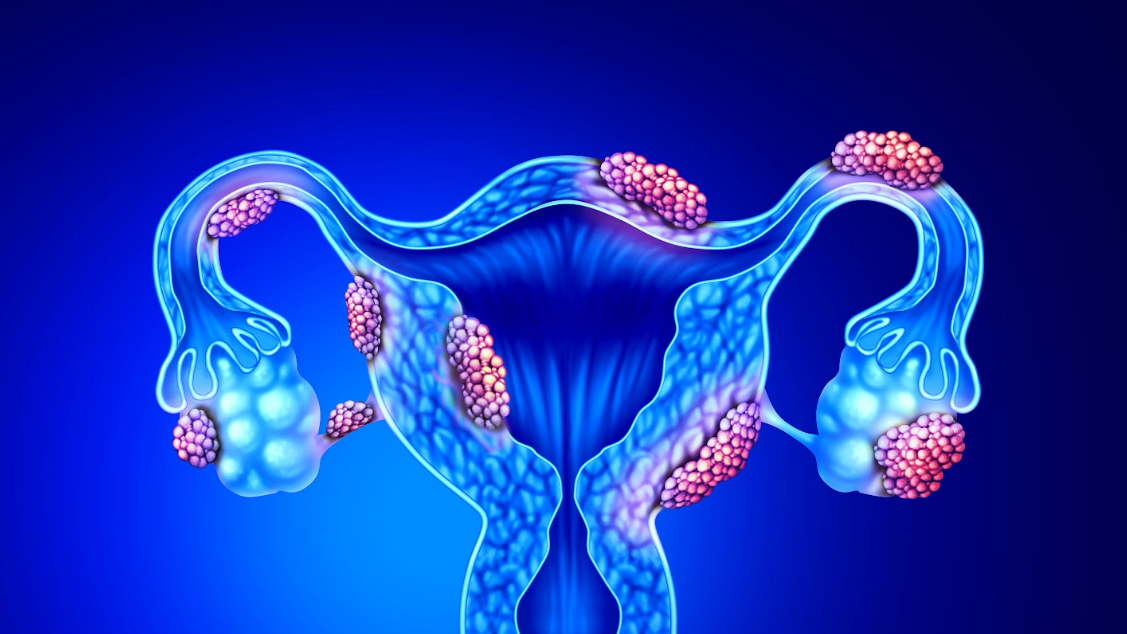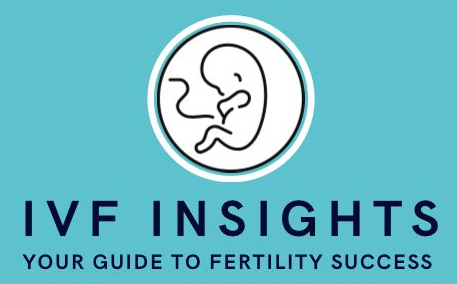
From Minimal to Severe: Endometriosis Stages Explained
Endometriosis is a common but often misunderstood medical condition that affects many women. It can cause significant pain and discomfort, impacting various aspects of daily life. One crucial aspect of understanding and managing endometriosis is recognizing the stages of the condition. In this article, we'll embark on a journey through the various endometriosis stages, offering an all-encompassing roadmap to assist you in maneuvering through the complicated details of this challenging condition.
What Is Endometriosis?
Endometriosis is a chronic gynecological disorder where tissue similar to the lining of the uterus grows outside the womb. This tissue can cause pain, inflammation, and the formation of adhesions or scar tissue.
The exact number of women with endometriosis can vary by region and demographic, but it is estimated that approximately
10% of women
of reproductive age worldwide may have
endometriosis. It's a common gynecological condition, and it can affect women of all backgrounds.
You Might Also Like: Endometriosis and Fertility: What You Need to Know
Endometriosis Stages
Endometriosis is typically categorized into four stages, ranging from minimal to severe stage 4 endometriosis. These endometriosis stages help medical professionals assess the extent and severity of the condition. The stages are as follows:

Stage 1 Endometriosis (Minimal)
Endometriosis Stage 1, also known as minimal endometriosis, is characterized by
small lesions or implants of endometrial tissue. These implants are generally isolated and relatively small. Women with Stage 1 endometriosis often experience
minimal symptoms, if any.
While the symptoms may be mild, early diagnosis and intervention are crucial to prevent the condition from progressing to more advanced endometriosis stages. Treatment options may include pain management and hormonal therapy.
Stage 2 Endometriosis (Mild)
In Endometriosis Stage 2, the lesions and implants become more extensive and may cover a larger area. Although still considered mild, this stage can result in more pronounced symptoms. Women with Stage 2 endometriosis may experience pain, especially during menstruation, and may face challenges with fertility.
Treatment for Stage 2 endometriosis often involves a combination of medical and surgical approaches. Hormonal therapy may be recommended, along with laparoscopic surgery to remove the endometrial tissue.
Stage 3 Endometriosis (Moderate)
Endometriosis Stage 3 is classified as moderate endometriosis, where the lesions are
more widespread
and can lead to the formation of adhesions. Symptoms in this endometriosis stage are typically more severe and may include
pelvic pain, painful intercourse, and increased difficulty conceiving.
Treatment options for Stage 3 endometriosis may involve more extensive surgery to remove adhesions and endometrial implants. Hormonal therapy remains a key component of the management plan.
Stage 4 Endometriosis (Severe)
Stage 4 endometriosis, the most severe stage, is characterized by deep infiltrating endometriosis. Endometriosis itself is typically not a life-threatening condition. However, severe cases of stage 4 endometriosis, especially if left untreated, can lead to significant complications and impact a person's quality of life. In rare cases, severe stage 4 endometriosis can result in complications such as ovarian cysts, bowel or bladder issues, and fertility problems. While the condition itself does not directly cause death, its complications can have serious health implications. It's crucial for individuals with severe stage 4 Endometriosis to seek appropriate medical care and management to minimize potential risks and maintain their overall well-being. Women with stage 4 endometriosis often experience excruciating pain and a significant impact on their fertility.
Treatment for stage 4 endometriosis is complex and may require
extensive surgery, such as excision surgery, to remove deeply infiltrating tissue. Fertility preservation may also be a consideration.

Diagnosis and Monitoring Endometriosis Stages
The diagnosis of endometriosis stages is typically confirmed through laparoscopy, a minimally invasive surgical procedure. Regular monitoring is essential for tracking the progression of the disease and adjusting the treatment plan as needed.
PCOS and Endometriosis may present unique challenges on the journey to parenthood, but they are not insurmountable. With the right medical care, lifestyle adjustments, and the support of your healthcare team, many women with these conditions go on to have healthy pregnancies.
Treatment Options
Treatment for endometriosis is tailored to the stage of the disease and the individual's goals. It may include hormonal therapy, pain management, and surgery. The choice of treatment should be discussed with a healthcare provider to ensure the most appropriate approach.
Living with endometriosis can be challenging, regardless of the stage but particularly stage 4 endometriosis. It's essential to seek emotional and mental health support when needed. Support groups, online communities, and counseling can provide valuable resources for coping with the condition.

If you suspect you have endometriosis or are experiencing symptoms, seek medical advice promptly.
Early diagnosis and personalized treatment can significantly improve your quality of life and overall well-being. By being informed about endometriosis stages, you're taking the first step toward better health and wellness.



